Thor's cultural origins
There are few deities among all mythologies in history as popular and well-known as Thor, the Norse god of thunder, lightning and fertility. Thor originated around the 13 th century AD as part of the old religion of the Nordic Scandinavian tribes. The Norwegians, who were also known as the Vikings, were a war-based, seafaring society. They invaded and plundered villages all over the European coast and islands. For several centuries, Norse kingdoms emerged from conquered lands and nations, including those now known as Denmark, Norway and Sweden. Norwegians prided themselves on their strength. They even believed that the only way to reach the afterlife, the paradise known as Valhalla, was to die on the battlefield. The Norwegians were also traders. They traded various metals, foodstuffs, and jewelry across Europe and beyond, even including Russia, Constantinople, and other Islamic territories in their established trade routes. In addition, they were expert explorers. They invented new forms of navigation and discovered new lands. For example, they were the first Europeans to reach America. Discoveries of Norse jewellery, armour, weapons and sculptures have been found all over Europe and Scandinavia. Many of these objects depict Norse deities, and the iconography of Thor is particularly widespread.
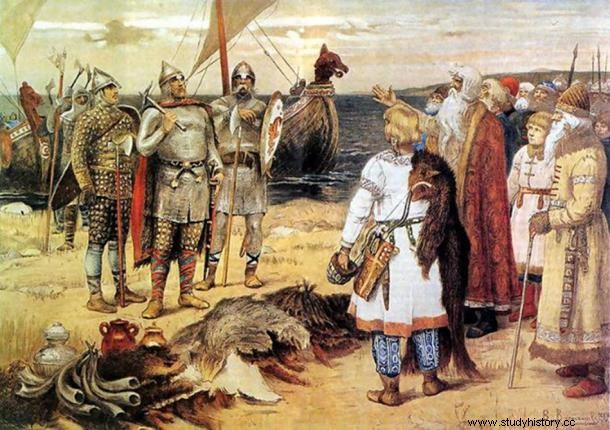
Thor's Place in the Norsemen Religion
There are no surviving written documents from Norsemen that describe their belief system or religious practices. The closest available sources are from Christians several hundred years later. The two texts that are considered the best sources on Norse religion are The Poetic Edda and The Prose Edda , both of which were written two hundred years after Christianity became the dominant Scandinavian religion and the Norse religion was no longer practiced. Still, these books provide the best available insight into Norwegian religious beliefs and customs.
The Norse religion was polytheistic, which meant that several gods were worshipped. The main gods, or Aesir as they were called, lived in a mystical world called Asgard and often visited Midgard, or Earth. In addition to the Aesir, the Norwegians believed in many mythological creatures. One of the most prominent of these creatures was the Jötunn, or, as they are better known today, giants. Jötunn were symbols of chaos. While some Jötunn were friendly, many Jötunn sought to devour both the gods and humans. Thor was the ultimate protector against Jötunn, and this made him one of the most important aces in Norse religion. The prevalence of Thor iconography on Norse weapons and armor indicates his importance to warriors, and that they may have prayed for Thor's strength before going into battle. Norse farmers would also most likely have asked Thor to give them a bountiful harvest to feed their families in the harsh Scandinavian winters.
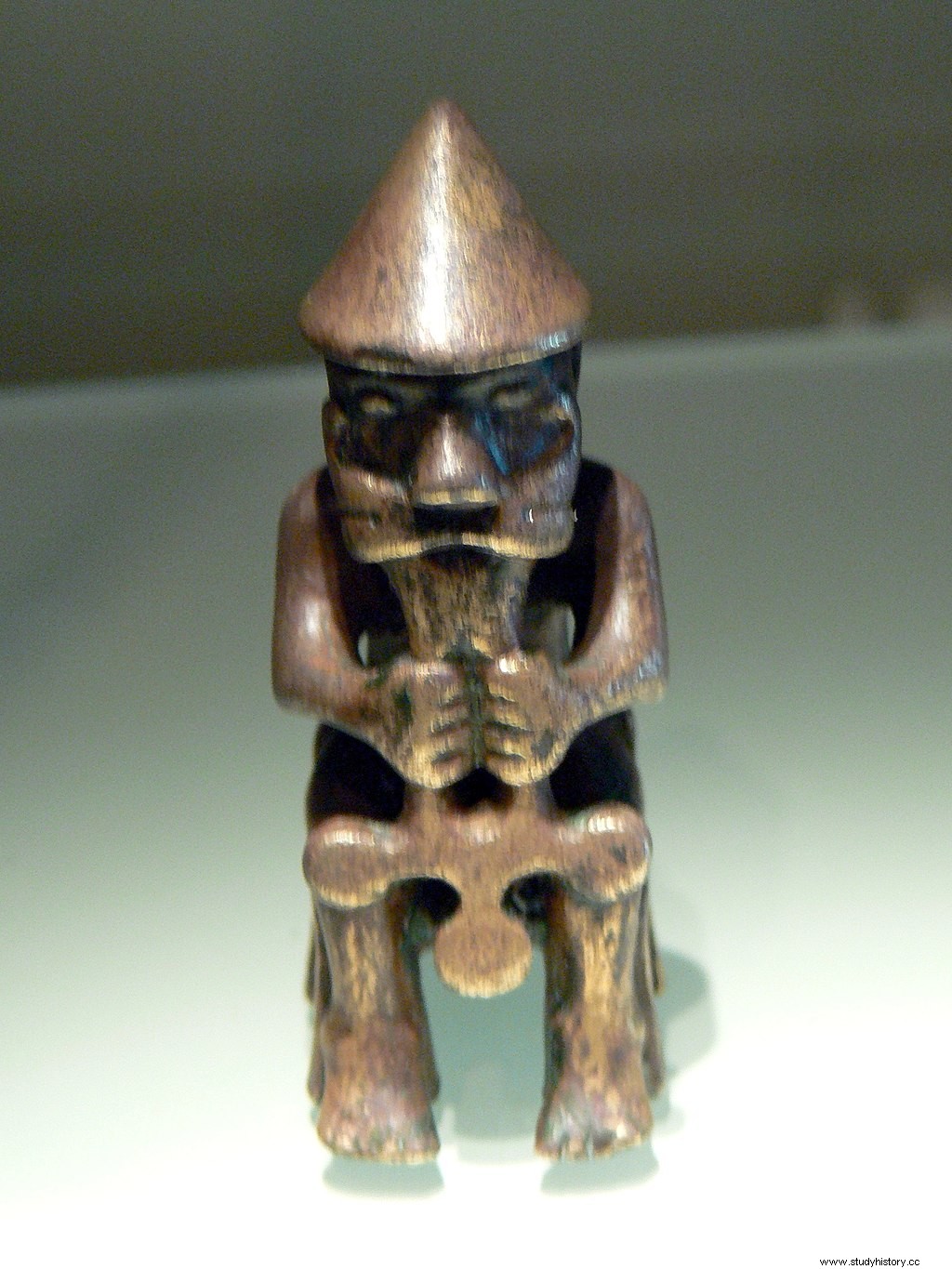
Symbols and iconography
As one of, if not the most important aces in Norse mythology, Thor is often described as the god who best embodies the traits that Norse culture valued most, particularly strength, masculinity, ferocity, kindness - and also an extreme love of alcohol. . Many later works of art show him as a thick red beard with long flowing hair and an extremely muscular body. In Norse culture, the beard was especially seen as a sign of masculinity. In terms of strength, Thor was considered the most powerful of all the Aesir. His strength was so prodigious that he almost accidentally destroyed Middle-earth on several occasions due to his quick decisions and short temper. Thor is often shown as wearing a pair of iron gloves called Járngreipr, as well as a belt called Megingjörð, both of which are said to multiply his awesome strength.
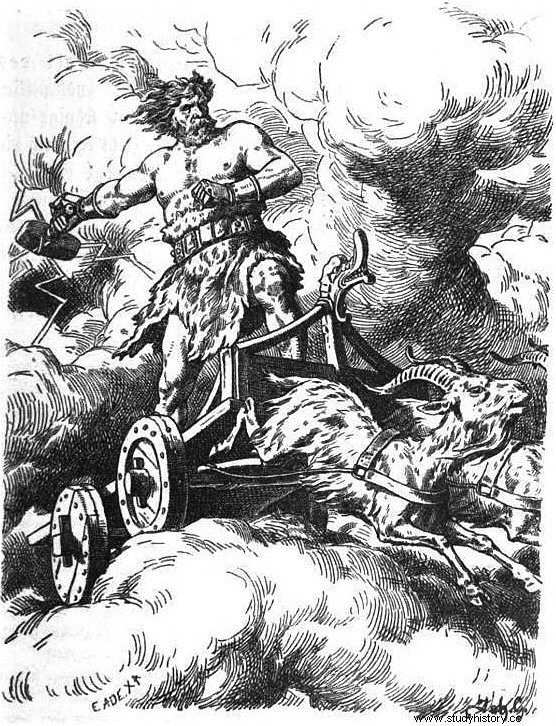
Mjolnir
The item most associated with Thor in his hammer:Mjølnir. In fact, few mythological weapons are as famous today as Thor's hammer. In Norse mythology, the sound of thunder is said to be Thor striking the Jötunn with Mjolnir in a distant land, ensuring that they never reach human civilization. Forged by the dwarven brothers Eitri and Brokker, this weapon has the power to return to Thor's hand on its own, summon lightning and strike blows so devastating they can obliterate a mountain in a single blow. Mjølnir was so heavy that only those with enormous strength like Thor, a few other gods, and Jötunn could lift it. Even for Thor, the weight of Mjolnir is so great that he needs the iron gauntlets and belt to increase his already incredible strength enough to use it effectively in battle. A notable feature of Mjolnir is its short handle. The story behind the length of the handle is that Eitri and Brokker were distracted while making the hammer by the god of evil, which changed shape into an insect and whirled around the brothers' heads.
While seen by many as a tool of destruction, Mjolnir was also seen as a symbol of fertility. Thor's hammer has often been presented in stories as a sacred object, used by Thor to bless marriages, harvests and other festive events in Norse culture. The image of Mjolnir is one of the most widespread symbols in Norse culture, appearing in engravings, tapestries and jewellery.
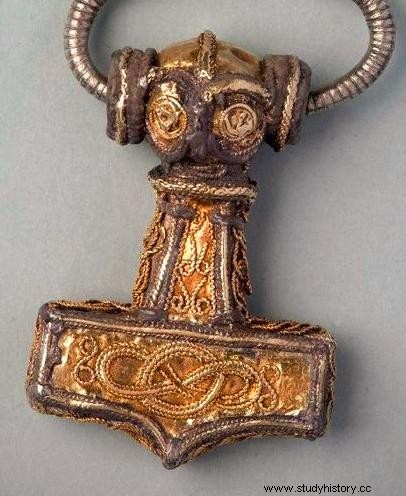
Personality
Thor is seen as a kind, if extremely temperamental, individual. He is depicted as the guardian of humanity and uses the hammer to protect people from evil forces. Thor is also known for partying with people and taking someone on adventures or hunting trips. Although Thor was Jötunn's greatest opponent, Thor was friends with many Jötunn and in several stories even had children with him. Additionally, like most Norse gods, Thor loved to feast in Valhalla with those men who had died in battle, and in these pleasures Thor would at times drink literal seas of alcohol. Tor's protective nature was matched by his extreme temper. Nor was Thor a particularly clever god. In fact, many stories about Thor involved someone deceiving him. In these stories, Thor usually gets so angry that the trickster responsible ends up dead or begging for mercy. At his core, however, Thor is described as a kind and protective god, who defends the people of Asgard as well as the lowly people of Midgard as their sworn guardian.
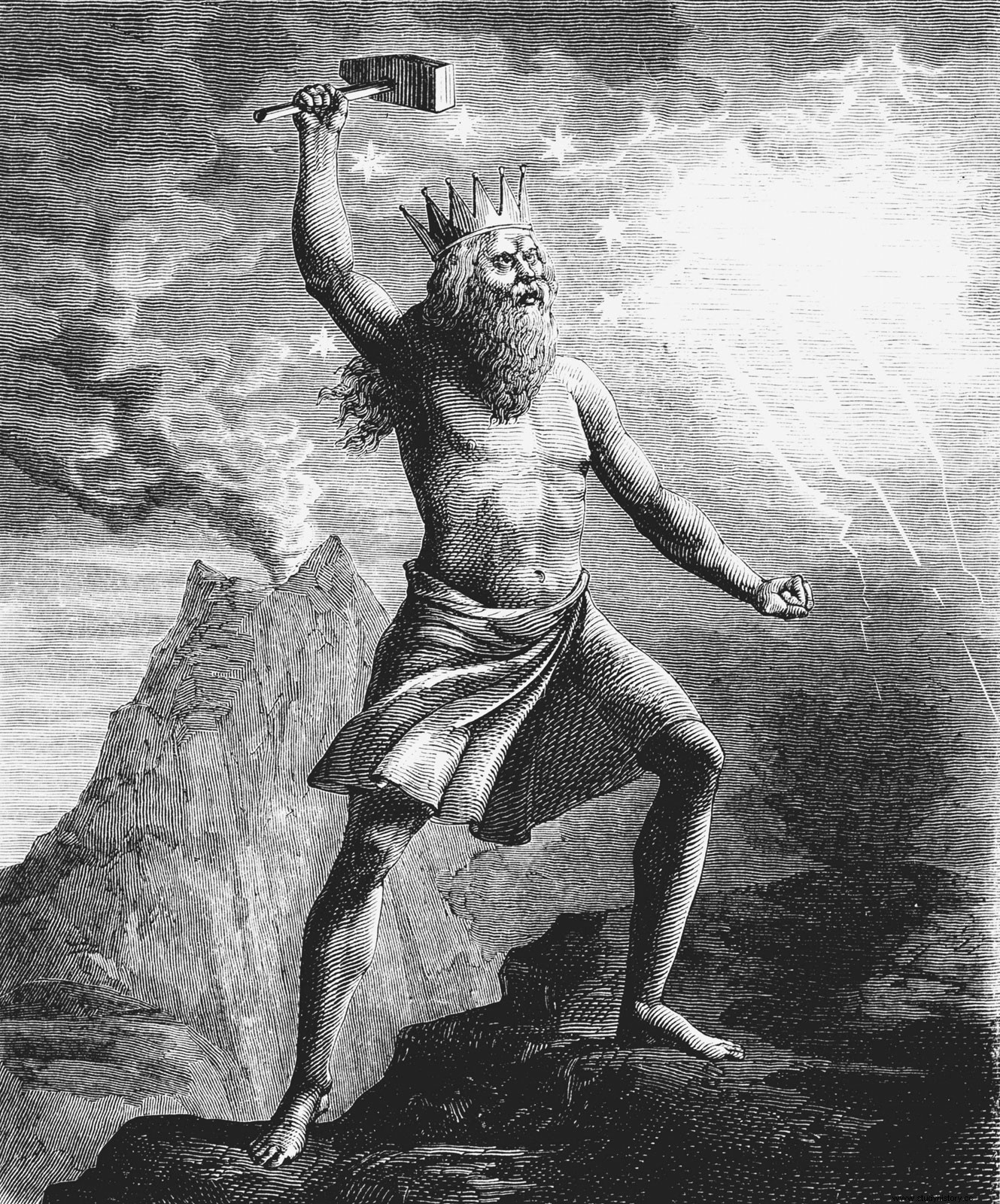
Tanngrisnir and Tanngnjóstr
Despite some modern interpretations of Thor showing him to have the ability to fly, ancient texts do not give him this ability. Rather, they show Thor riding a flying chariot pulled by two goats:Tanngrisnir and Tanngnjóstr. These two goats were said to have the ability to return to life completely healthy if their bones remained undamaged. There are several stories where Thor kills his own goats and eats them, warning others not to eat the bones. These goats are among Thor's oldest and closest companions and are one of his most important means of transport.
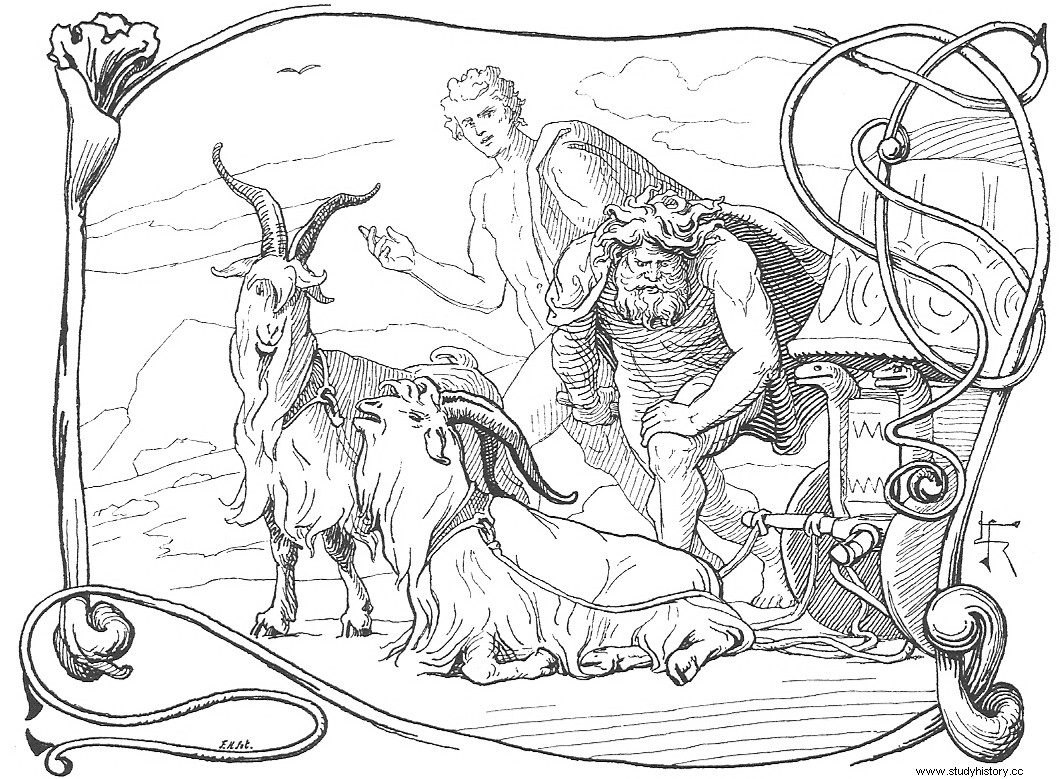
Divine family tree
Norse gods, like many other polytheistic religions, have long and complicated and even disturbing, family stories, which include inbreeding, divorce and wildlife. Thor's father is the all-father Odin, king of Asgard and Asir, and god of wisdom, war, poetry and fallen warriors. Thor's mother was a Jötunn named Jörd, who was one of Odin's many mistresses. Additionally, while Thor had no direct siblings, he had many half-brothers and sisters. Some notable half-siblings on Odin's side of the family include Baldr, the god of love, light, joy and purity; the silent god Víðarr; and the blind archer god of winter, Höðr. Thor is also married to Sif, the goddess of autumn, recognized by her long, golden hair. Sif was considered a symbol of femininity and, unlike her husband, was not a warrior.
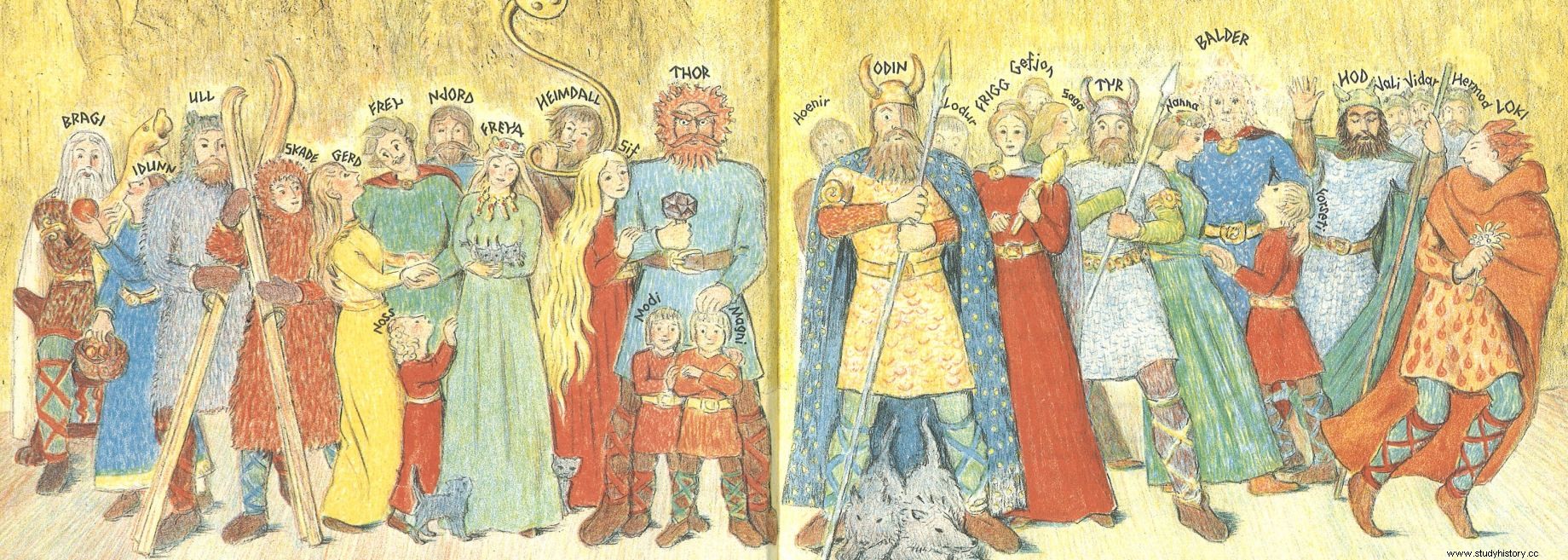
Children
Thor had three children. One was his son Magni, the god of strength. Magni was a minor deity in Norse mythology, but was a mighty warrior, and in some translations even rivaled his father in strength. Thor's second son was Módi, the god of fashion. Módi and Magni are often shown to be inseparable - they act as a powerful duo on the battlefield. Magni and Módi have the same mother, Jötunn Járnsaxa, one of Thor's lovers. Finally, Thor had a daughter with Sif named Thrud, who was portrayed as a great warrior. Some historians debate whether she was a Valkyrie, a member of a female warrior army who rode winged horses and was believed to bring dead soldiers to Valhalla. Thor's children appear very few times in Norse myths. However, Magni and Módi are prophesied to inherit their father's hammer after his death.
Ragnarok
As with many religions, Norwegians prophesied an Armageddon, known to them as Ragnarök, a cataclysmic battle that not even the mighty Thor would survive. Ragnarök was prophesied to begin when Thor's half-brother Baldr would be tragically killed by Höðr, who was tricked into killing him by Loki. Baldr was blessed by his mother, Frigg, to be indestructible to everything except the mistletoe because she saw it as harmless. Loki would exploit this weakness by tricking Höðr into shooting an arrow made of mistletoe at Baldr, then killing him. The story continues that Loki will be punished for his deeds and will be buried deep underground with a snake dripping poison into his eyes. A series of terrible events would follow Baldr's death, including an almost endless winter, a war that wipes out almost all of humanity, the destruction of the sun and moon, and the release of Loki's terrifying wolf son Fenrir. Ragnarök reaches its climax when Loki and his children, the fire Jötunn, Surtr, and Jötunn's armies and the undead storm Asgard in a dramatic final battle.
Thor was destined in Ragnarok to meet one of Loki's children, Jörmungandr, also known as the World Serpent. This monstrous serpent was so massive that to avoid falling off the world, he had to wrap himself around the planet and eat his own tail. After a grueling battle, Thor kills the mighty beast, but dies of poisoning moments later. When Ragnarök was over, so was the earth meant to heal. In time, the descendants of Asir return, including Thor's sons Magni and Módi, who will inherit Mjolnir from their father. The prophecy of Ragnarök does not really predict the end of time, but rather the beginning of a new cycle for both the gods and mankind.
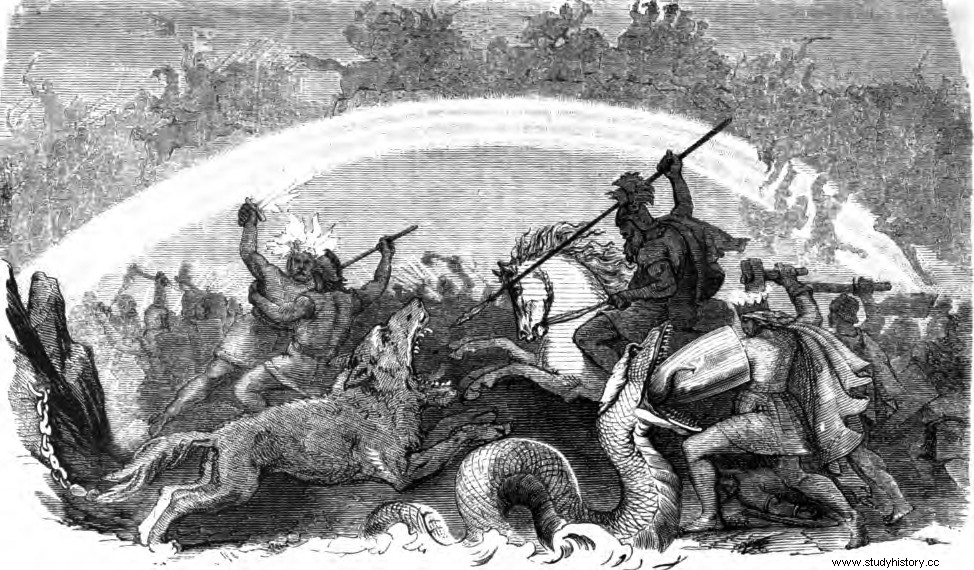
Portrait in Marvel Comics
The god Thor is best known today in popular culture due to his portrayal as a superhero inMarvel comics. This version of Thor first appeared on August 1, 1962 in Journey into the Mystery #83, written by Stan Lee and illustrated by Jack Kirby, and became one of the most famous characters in comic book history. In addition to fighting the Jötunn and other Norse mythological creatures, Thor in Marvel's version also fights aliens, supervillains and other Asgardians. Thor's powers are much the same as described in Norse folktales, including immense strength, control over the weather, and near indestructibility. Thor's personality is also much the same in this modern depiction as in Norse mythology. He is still described as a kind, strong and honorable warrior and, according to ancient stories, a stubborn and rude individual. His purpose remains the same:a protector of both Asgard and Midgard.
However, Marvel made some major changes to Thor's appearance, family, and hammer. Contrary to his ancient depictions and descriptions, Marvel's Thor has no beard and has long blond hair instead of red hair. He is missing the iron gloves Járngreipr. Thor's family also changed significantly in the comics. Notably, Loki is now Thor's adopted brother instead of Odin's blood brother. In Norse mythology, Loki had fewer deep, personal relationships with the other gods, instead playing tricks on them arbitrarily without specific malice. Like Thor's adopted brother Loki, he and Thor have a much closer relationship, a complicated history, and an increased rivalry that leads to a more complex feud. In addition, Marvel's Thor is not married to the goddess Sif, and he has no children. Another big difference is that he doesn't have random relationships, but is in love with a human called Jane Foster.
The hammer Mjolnir is getting a big change in the comics. In Norse mythology, the hammer could only be picked up by very few powerful gods and Jötunn because it was so heavy. In Marvel's modern version, the hammer remains very heavy, but the ability to use the hammer is determined not by strength, but by "dignity". Furthermore, those who were "worthy" obtained the hammer and used it with all of Thor's powers, something never described in Norse mythology. Adding a moral element of "dignity" to being able to pick up the hammer was most likely done to give Thor's character more depth and conflict. In the Thor comics, Thor loses the ability to use his hammer when he becomes too arrogant and self-centered. To regain his ability to wield the hammer, he must change from an arrogant brute to a humble protector. This new element of dignity attached to Mjolnir also made it a test of character for others, giving "worthy" people the opportunity to prove their character and thus be able to wield Mjolnir and gain Thor's powers. Another difference in Marvel's version of Thor is that Mjolnir gives Thor the ability to fly instead of relying on his goat-powered chariot for flight.
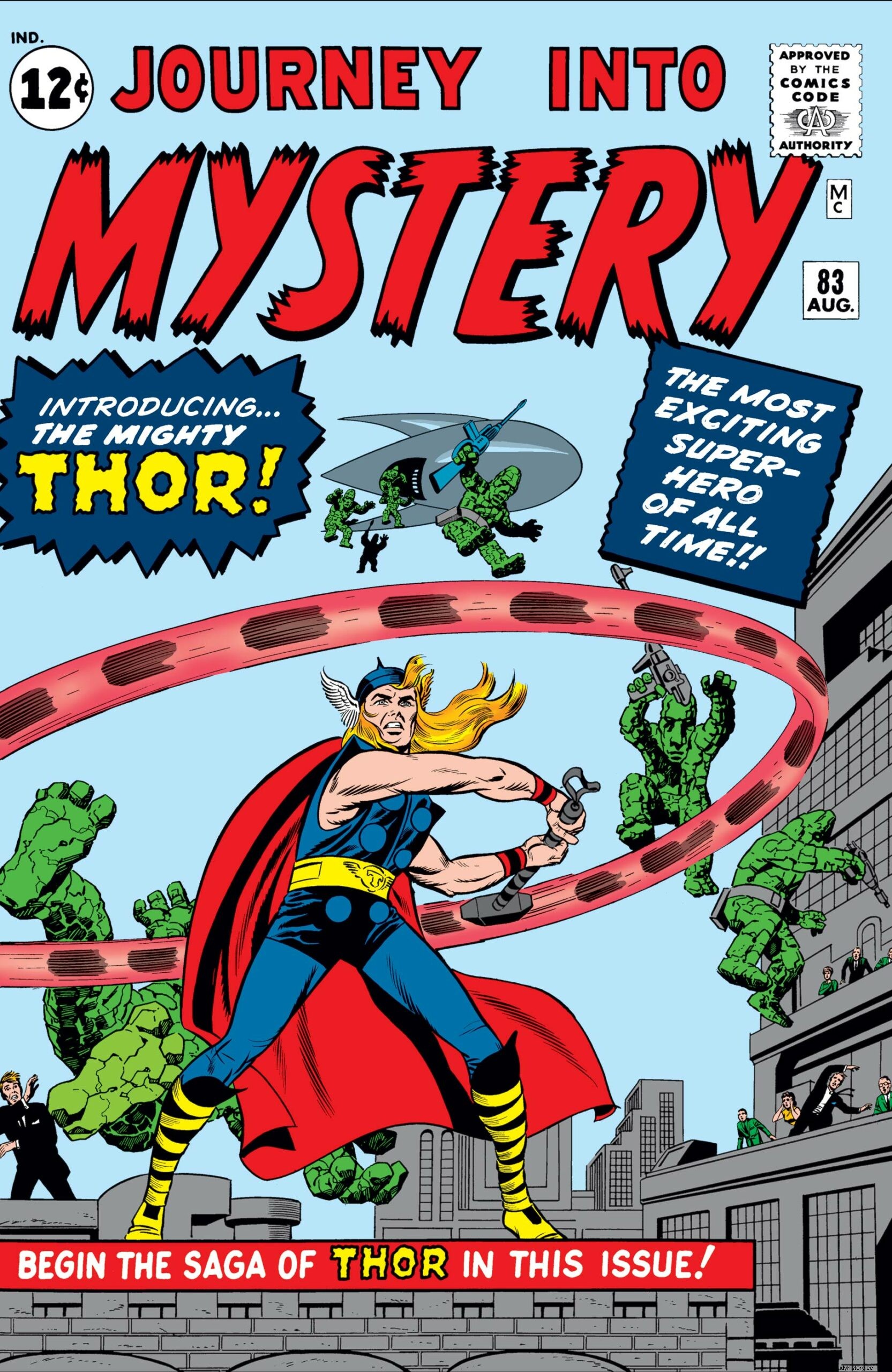
the conclusion
Of all the gods in the Norse pantheon, the Norwegians saw Thor as their true savior. Like . the god who was the source of their strength and brought about bountiful harvests, Thor was one of the most important gods in their entire religion. As seen through the many icons of him and his hammer, Thor was a very important part of Norwegians' everyday life. Due to the extent of Norse conquests and trade, the tales of Thor and the other Aesir quickly became widespread and influential in many cultures. Thor's influence can be seen even today, as Thursday is actually named after the titular Lord of Thunder. And thanks in part to Marvel comics' portrayal of him, Thor's legacy is still remembered as one of secret bravery and heroism.
